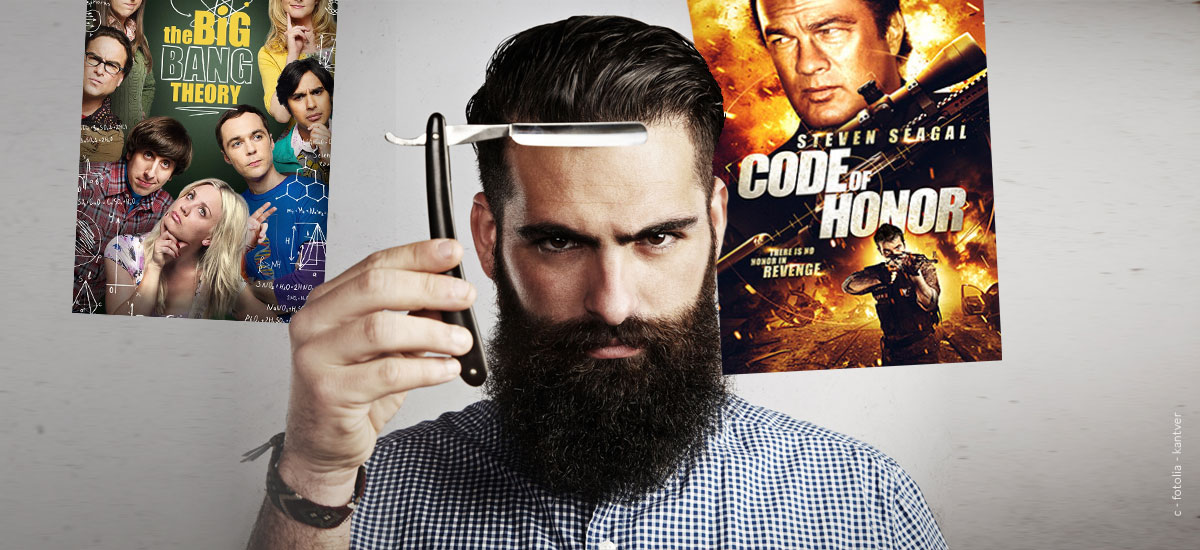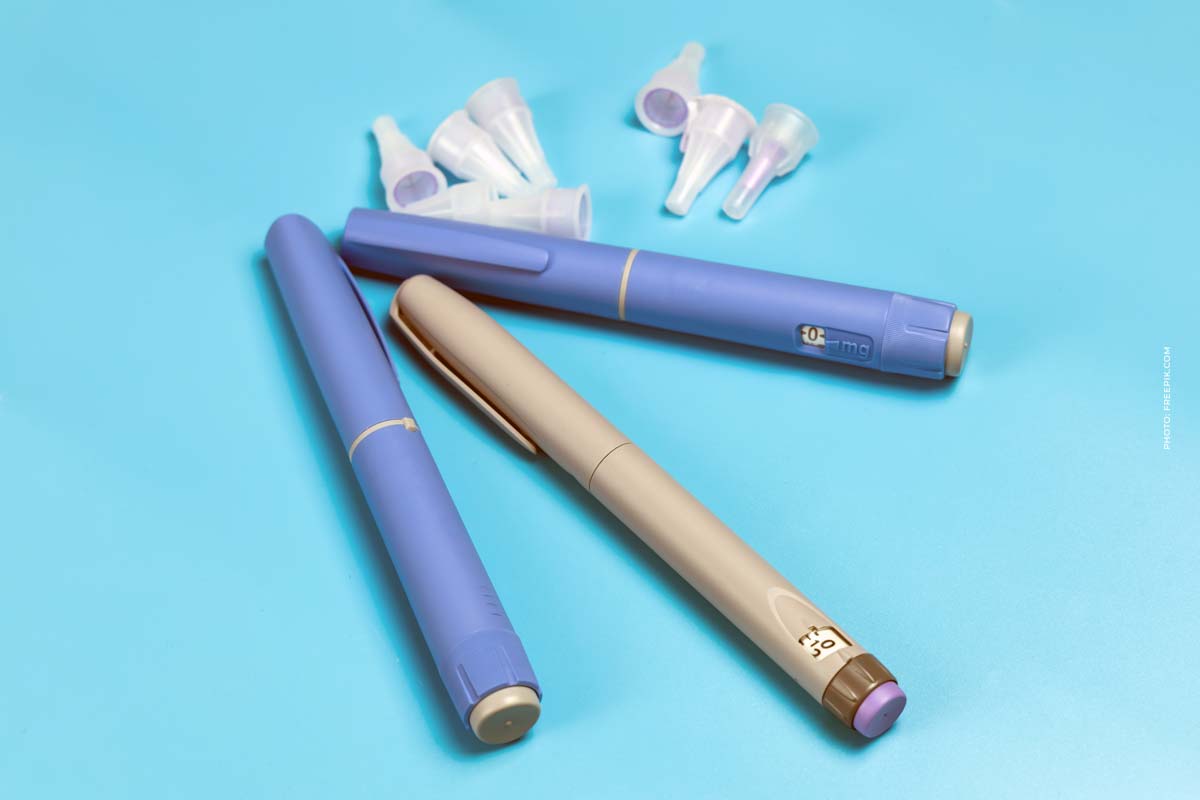Tooth straightening with Invisalign – the course of treatment
Treatment with Invisalign trays offers many advantages, especially compared to conventional treatment systems. But how does treatment with Invisalign trays actually work? Is there a follow-up treatment, how many practice appointments are necessary and how are the splints changed?
Invisalign trays – step by step to straight teeth
The principle of the Invisalign splints is based on the idea of allowing the teeth to move step by step. Therefore, different splints are needed for the treatment. Each new splint comes a little closer to the final result, realizing the desired tooth movement. Dentists for Invisalign specialize in the treatment and are located throughout the country. Find out now what the treatment looks like and how you too can achieve beautiful, straight teeth!
The consultation – all important information for your treatment
A detailed consultation and education in the field of Invisalign technology is important so that customers know what to expect and what the technology can do. From attachments, to the insertion of the splints and the technology behind it, everything is explained here and all questions answered. The experts explain all the steps directly on the model, so that all customers can directly get an idea of the material and the appearance of the splints.
A free scan with the iTero can be performed during the first consultation. This shows a graphic image of the dentition in its current state. The system then uses the recorded data to calculate how the treatment would proceed. Customers can therefore view a direct digital before-and-after comparison at the first appointment and admire the possible result.
The iTero scan also serves as a basis for estimating the duration and cost of treatment. This data is largely dependent on the teeth and the degree of misalignment. If the customer decides to undergo treatment, the splints can be ordered directly based on the data from the scan. The treatment can therefore start immediately.
The practice appointment – attachments and the first splints
Once the rails are ordered, it doesn’t take long for them to be manufactured in the USA and sent to the experts in Germany.
The second appointment is for the attachments and the first insertion of the splints. The attachments are small, tooth-colored nubs that are attached to specific, individually calculated points on the teeth. They serve as anchors for the Invisalign splints. The transparent trays can ‘hold on’ to these anchors, allowing for strong tooth movement. The attachment does not take long and is not painful for the patient. Due to the discreet color, the attachments are almost not noticeable on the teeth.
Once the attachments are in place, the first splint can be inserted. One of the experts shows how the splints are best put in and taken out again. If everything goes well, the customer will receive a set of splints, because these must now be changed every 1-2 weeks, depending on the treatment plan.
Everyday life – treatment with transparent splints
The transparent splints are relatively easy to integrate into everyday life. Ideally, they should be worn for 22 hours a day. Eating and drinking is not possible with the splints, unless it is water. After each meal, the teeth should be cleaned before the splint is put back in place to avoid discolouration. The trays themselves should also be cleaned at least twice a day, preferably with a toothbrush and some toothpaste. Sports are no problem with the transparent splints! They even have a protective effect on the teeth. The Invisalign splints do not restrict the patients and allow a pleasant integration into everyday life.
Speaking is not affected by the splint. The habituation time is very short, because the mouth quickly gets used to the thin piece of plastic. With the splint, each customer receives a storage box for the splints, so that they can be easily stowed away during meals and so that there are no problems with the splint when travelling. Pain is not common during treatment. Many patients report a slight pressure that the splint exerts on the teeth.
The control appointments – new rails for treatment
Depending on how long the treatment lasts and how many splints are needed, there are more or fewer check-ups. These are simply to check that the tooth movement is keeping up with the pace of treatment and that the teeth are ready for a new pair of splints. At these check-ups, patients also receive a new set of trays for the next stage of treatment.
In the case of minor tooth straightening with a short treatment period, sometimes no check-ups are necessary and the patients receive all the splints required for the treatment directly when the attachments are inserted. How many splints are needed for the treatment and how many can be taken home must be assessed by the experts individually for each patient and tooth malposition.
The follow-up – aftercare and long-term result assurance
As soon as the treatment with the entire splints is completed, another visit to the practice is scheduled. At this appointment, the result is compared with the ideal result. If there are still discrepancies or if the customer is not satisfied, almost all dentists offer free follow-up treatment with another set of splints.
If the result is satisfactory or the post-treatment is completed, it is possible to secure the result in the long term with a retainer. This measure is particularly useful for patients who have undergone a major change in their teeth. In this case the securing of the result should be given all the more. A retainer is available in different designs. One example is a pair of splints that reflect the current state of the teeth. This pair is only worn by the patient at night to prevent the teeth from shifting in the wrong direction again. However, which retainer is the most suitable for each patient must be determined in each individual case. At the last appointment in the practice, the attachments are of course removed. These are no longer needed.











